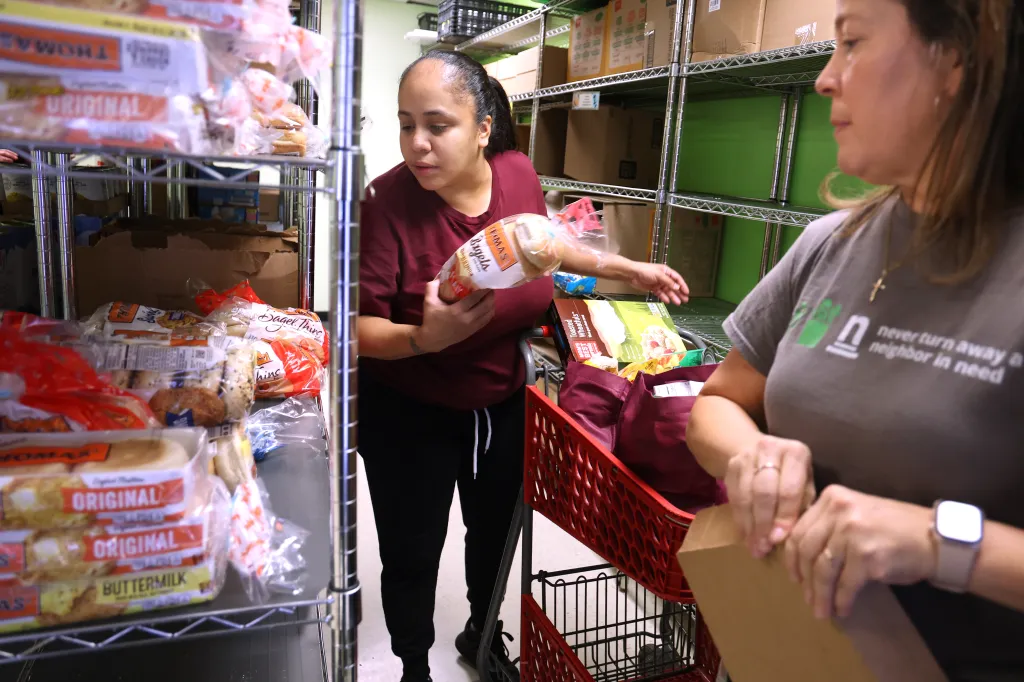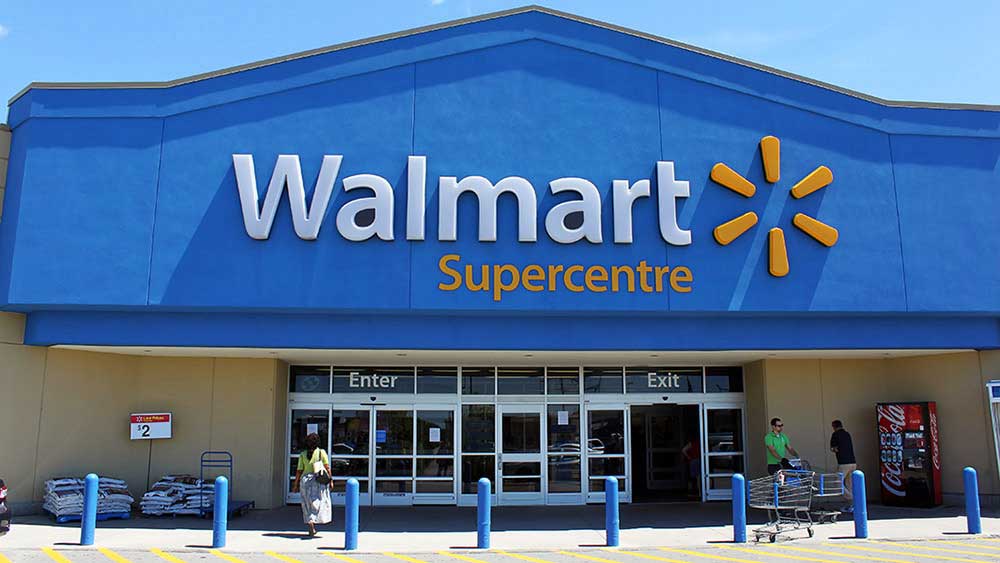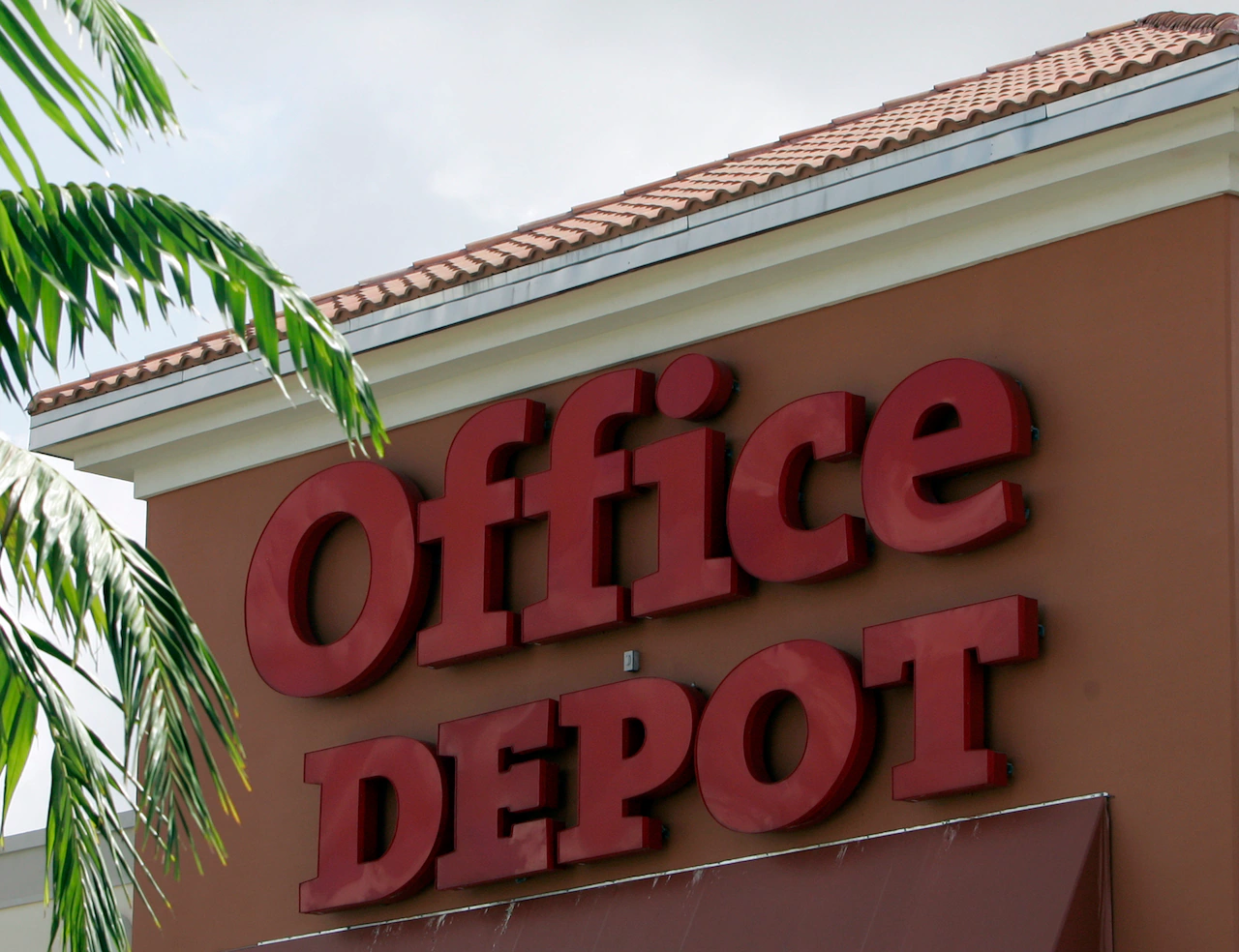Copyright Chicago Tribune

Joanna Martínez already spends much of her day worrying about the rising cost of food and how she can afford enough healthy meals to feed her two daughters. Now the single mother, who lives in Chicago’s Logan Square neighborhood, is terrified as she braces for an anticipated loss of federal food aid from the Supplemental Nutrition Assistance Program, commonly known as SNAP or food stamps, in just a few days. Martínez, 36, is one of more than 40 million Americans poised to lose their SNAP benefits on Saturday as the second-longest federal government shutdown in U.S. history drags on. “I’m trying to come up with a plan,” she said. “But I’m still scared.” The U.S. Department of Agriculture posted a message Monday affirming that no federal food assistance will be distributed after the end of the month. Illinois typically administers roughly $350 million in federal food aid monthly to about 1.9 million people statewide, according to the Illinois Department of Human Services. “Bottom line, the well has run dry,” the USDA notice says, before taking a partisan tone. “At this time, there will be no benefits issued November 01. We are approaching an inflection point for Senate Democrats.” The Trump administration also has refused to access roughly $5 billion in contingency funds to preserve SNAP benefits, saying that money is limited to expenses like help after natural disasters and other catastrophes. On Tuesday, Illinois Attorney General Kwame Raoul and about two dozen states filed a lawsuit against the administration of President Donald Trump accusing USDA of unlawfully suspending SNAP benefits. “At a time of increased costs for families, the Trump administration is making a deliberate, illegal and cruel decision to cut off access to food for nearly 2 million Illinoisans,” Raoul said in a statement. “I will continue to stand with other attorneys general against the president’s unlawful actions that threaten the separation of powers and the rule of law.” But with no immediate resolution in sight, food pantries and SNAP participants across the Chicago area have been scrambling to prepare for the looming food emergency, which could hit an estimated 1 in 8 Americans who rely on the program to buy groceries. While Martínez is searching for new ways to budget and save money, she stressed that she’s already very frugal. Her income recently increased when she went from part-time hours to full-time at work. Yet the rise in pay meant her SNAP benefits decreased significantly, so she’s been spending more money on groceries lately, even before the anticipated suspension of federal food aid begins. “I live paycheck to paycheck. I’ve been working to support my children,” she said. “But I really do need the help because I’m doing it alone.” On a recent weekday, Martínez visited the food pantry at Northwestern Settlement in the West Town neighborhood and stocked up on items like meat, bagels, bread and pasta sauce to help cut down her grocery bills. She intends to visit the food pantry more often after SNAP benefits cease and might need to get more items there than usual in the absence of federal food aid, she said. “But I feel like it’s still not going to be enough,” she said. “I’m really, really worried we’re not going to be able to do it. I’m going to try my best.” Officials with the Greater Chicago Food Depository warn that the upcoming surge in need will likely be staggering. The nonprofit is working to ensure food is available to everyone who visits a local pantry: This includes increasing food distribution, particularly in geographic areas with the highest percentage of SNAP participants, according to a statement released Tuesday. The food depository provides food for about 850 shelters, soup kitchens and food pantries across Chicagoland, including Northwest Settlement. Officials from the food depository encouraged SNAP participants to plan ahead and find their nearest pantry or other food program on the food depository’s website before benefits are halted. “This is a crisis, there’s no doubt about it,” said food depository spokesperson Man-Yee Lee. “Hunger and hardship in our communities is going to skyrocket.” Holidays approaching, economic impact Yasmin Rodríguez, director of support services at Northwestern Settlement, said the food pantry has been prepping for a spike in need by ordering more food items to “kind of get ahead of it.” “But planning and executing are two different things in terms of food storage,” she said. “The food depository does a great job of having a great menu for me to order. But if I don’t have the space, I can’t order.” She added that the foods most in-demand — and often the most nutritious — like meat, milk, cheese, fresh produce and eggs require cold storage. She said she’s lucky to have refrigerator and freezer space, but there’s a limit to how many of these items she can keep on hand at a time. The potential disruption of benefits also comes just before the fall and winter holidays, times when people are often planning larger celebratory meals for Thanksgiving, Hanukkah and Christmas, Rodríguez noted. These are periods when children are usually off of school for long stretches, which means they might not be getting meals they typically would through the school district, she said. Kids tend to eat more at home during these breaks, compounding the burden, she said. “So they’re spending a lot more on food,” she said. “And people do budget, ‘Oh, it’s five days a week at school. I don’t have to budget for those meals because they’re going to be eating, except for dinner.’ But when they’re at home, it’s three meals a day plus snacks.” Rodríguez is also concerned about the impact on the broader economy, particularly local grocers and other businesses that sell food and rely on SNAP customers. “It’s a domino effect,” she said. She predicts that if retailers need to make up for a sudden loss of SNAP dollars, food prices will likely go up for all consumers. “And they’re already high,” she said. Rob Karr, president and CEO of the Illinois Retail Merchants Association, warns that halting SNAP benefits will hurt local grocery stores and other retailers, potentially increasing the number of people in poverty. “When you think about SNAP and neighborhoods in the city, you have some stores that are doing 60% of their business that’s accountable to SNAP in some capacity,” he said. “If you take those kinds of sales out, it doesn’t take long for that grocery store to become completely unviable.” This could spur businesses to reduce hours or lay off staff, he said. “Then those employees and their dependents are without money. And they don’t have any SNAP benefits, presumably, to fall back on either,” Karr said. “So it’s really going to serve to weaken the grocery stores, particularly in underserved and at-risk areas, potentially pushing more people into food dependency.” He noted that grocery stores have “the narrowest of profit margins in the entire retail industry.” “There’s fewer dollars circulating in the community. It also hurts their suppliers. It hurts the manufacturers and the agricultural community,” he said. “So it really has a ripple effect. And there’s no way the food banks can make it up.” ‘You can’t live without food’ Neffer Kerr of the South Side of Chicago attended a recent information session on SNAP benefits at Kennedy-King College, which was presented by the Greater Chicago Food Depository. The 44-year-old SNAP recipient said she lost her job a few months ago but enrolled in a state pre-apprenticeship program and is studying construction management. “I’m trying to change my life so I don’t have to be on SNAP,” she said. “Most people take pride in earning enough money and taking care of themselves and their families. But sometimes you just can’t. It’s food. And you can’t live without food.” Kerr said she’s going to search for food pantries and other assistance programs, but noted that there isn’t much time to adapt. “I’m not afraid. I know we’ll make it through. But I am afraid for so many children in my neighborhood who I know already don’t get regular food,” she added. “Let’s be honest, when people are hungry they can’t focus, they can’t think, they’re angrier, they’re more desperate. Crime goes up. A lot is connected to hunger.” Statewide, about 45% of SNAP benefits go to households with kids and 44% include a person with a disability, according to the Illinois Department of Human Services. Nationwide, the USDA says nearly 16 million children received SNAP benefits in 2023. The average SNAP household monthly benefit was $332, about $177 per person. The government shutdown, which began Oct. 1, hinges on a standoff between Democrats and Republicans over spending and health care, with no end in sight. Many federal workers have been furloughed; some have been working without pay, further straining the wallets of many Americans. Other changes to SNAP eligibility are also on the horizon: Earlier this year, Trump signed into law a sweeping Republican bill of spending cuts that included expanded work requirements for SNAP benefits to previously exempt individuals, including many aged 55 to 64 and parents whose children are older than 14. Mike Havala, president and CEO of Fishes and Loaves Community Services, said his Naperville-based nonprofit is already providing food for roughly 10,000 people a week in DuPage, Kane, Kendall and Will counties. This is triple the amount in 2022, he said. “Most of the clients that we serve today … don’t get SNAP benefits because they are working and they make too much money to qualify for SNAP, which is a fairly low threshold,” he said. “But they don’t also make enough money to pay for the basic cost of living. We call that the ‘SNAP gap.’” But a void of federal food assistance in the coming days could double or triple the number of people served, he said. In response, Fishes and Loaves is looking for additional food supply and extending hours when people can receive food. On Saturday, the nonprofit will have extra hours for curbside pickup of prepacked food at its distribution facility in Aurora. “Because it’s really through that model — the prepacked curbside providing of food — that we can get the most food to the most people in the quickest way,” Havala said. But he cautions that these aren’t long-term solutions to the problem of hunger. “The food supply in the whole charitable food system can’t support a doubling or a tripling of demand that happens overnight.” he said. The Associated Press contributed.



